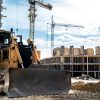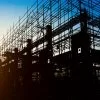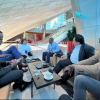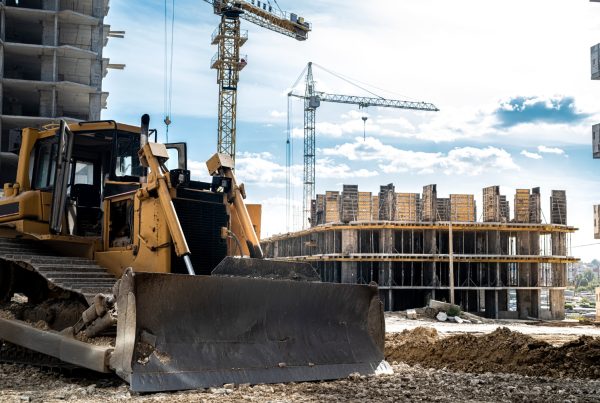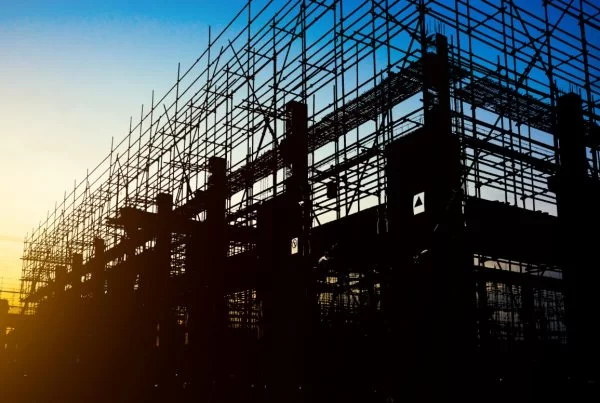
Beyond the housing market, 3D printing is making significant strides in the broader construction industry, presenting a more reliable, efficient, and environmentally conscious method for building infrastructure. By leveraging automation and robotics, this technology greatly reduces the need for manual labour and mitigates common issues associated with traditional building methods, such as human error and inefficiencies. The result is a faster, more precise construction process that uses fewer resources and produces less waste.
One of 3D printing’s greatest strengths is its ability to improve the quality of construction by shifting much of the work off-site. The unpredictability associated with on-site construction—such as delays due to weather or supply shortages—is significantly reduced by producing components in a controlled factory environment. This approach enhances quality control, ensuring that every component meets exact specifications before being transported to the building site. The assembly of these prefabricated parts on-site is fast and efficient, reducing construction time and costs.
Additionally, using advanced materials in 3D printing greatly benefits the construction industry. Materials like concrete, polymers, and even recycled products are being used innovatively to create more substantial, durable buildings designed to last longer. These materials are optimised to reduce the environmental impact of construction by minimising waste and promoting energy efficiency. With less material needed overall, 3D-printed buildings leave a much smaller carbon footprint than traditional buildings.
The construction sector is one of the largest contributors to carbon emissions globally, but 3D printing offers a viable solution to reduce this impact. The precision of 3D printing minimises excess material usage and ensures that only the required amounts are used during construction. This lowers the environmental toll and reduces costs for builders and developers. Additionally, the ability to recycle materials used in 3D printing creates a circular economy within the construction process, further enhancing sustainability efforts.
Related article: Printed to Perfection: The Future of Affordable Housing


